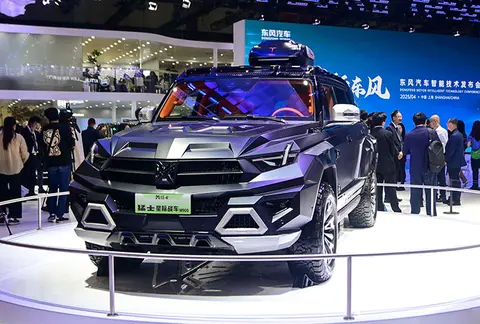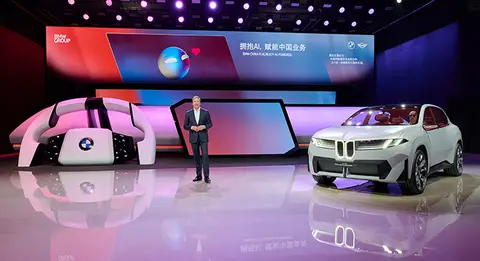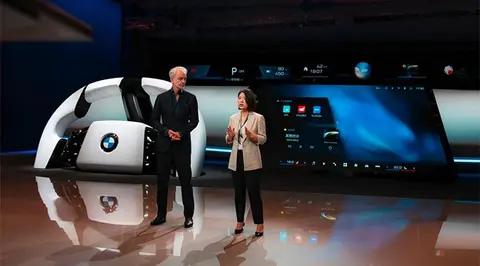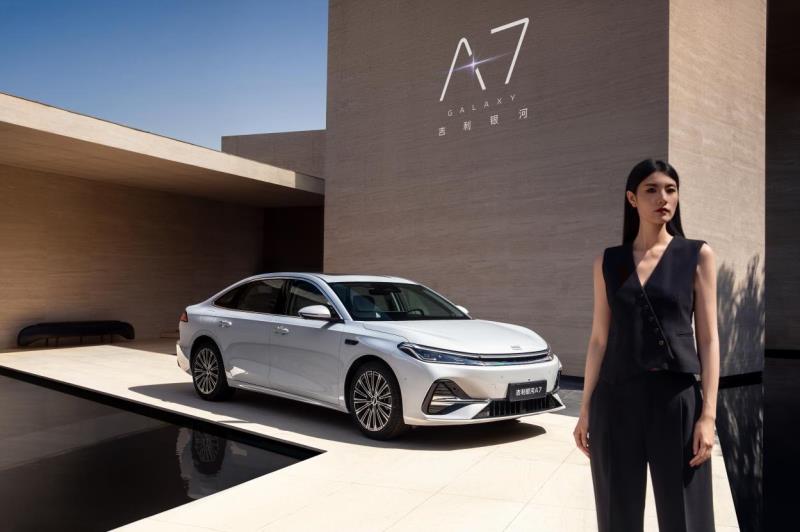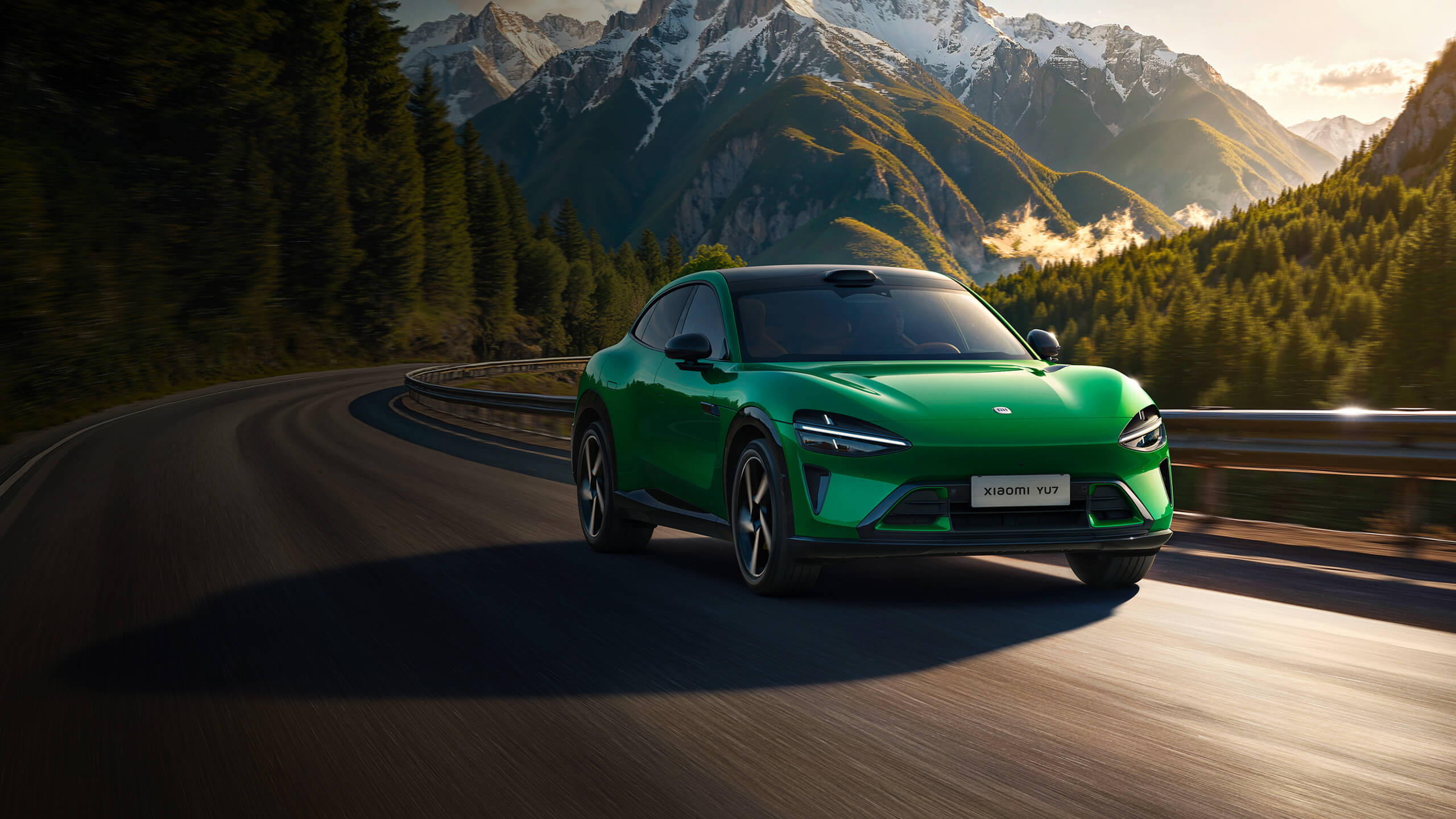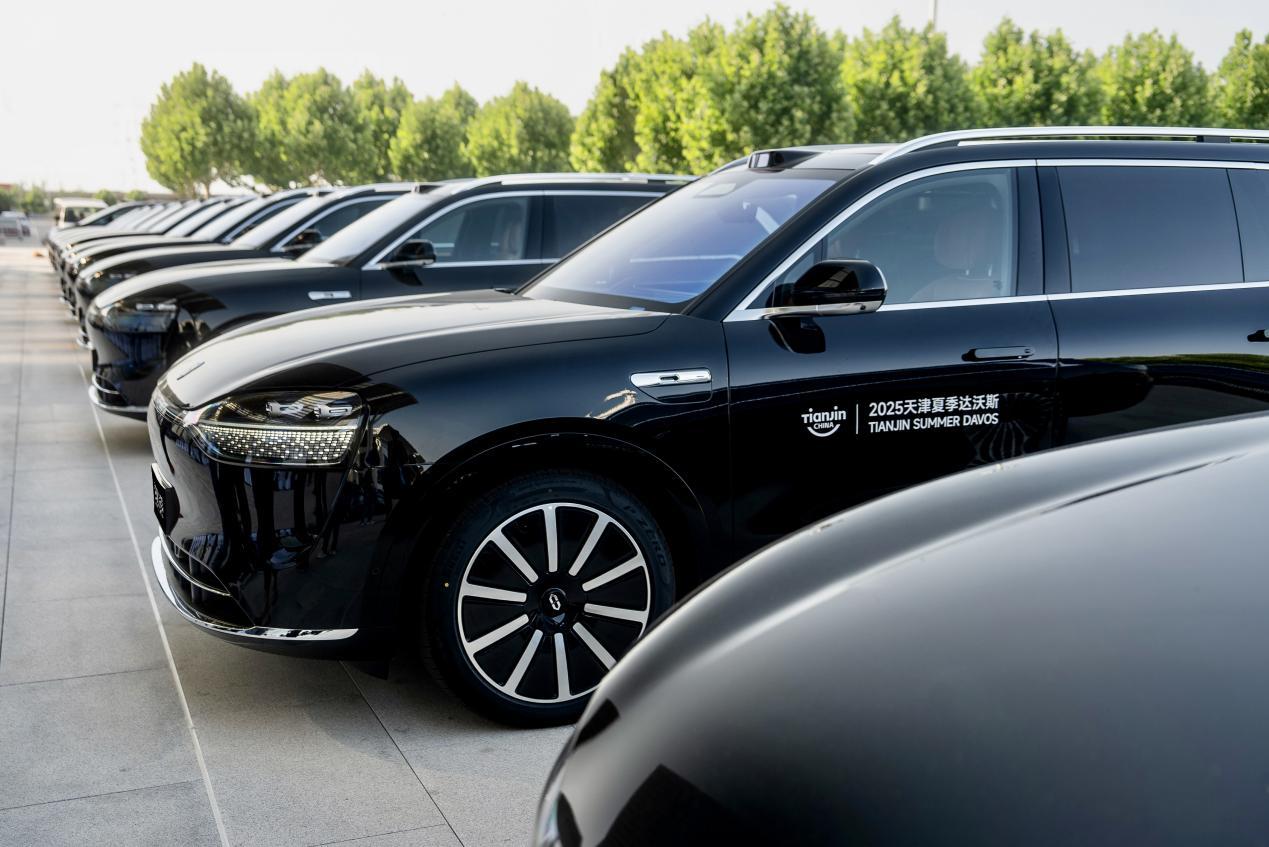News
Driving Impressions of Xiaomi YU7: A Sneak Peek Before Its Official Launch

The highly anticipated Xiaomi YU7 is set to launch at the end of this month. While Xiaomi CEO Lei Jun has hinted that the YU7 will be significantly pricier than the SU7, past trends give us reason to remain hopeful about its final pricing.

Last week, I had the opportunity to test drive the top-tier YU7 MAX model across urban roads, highways, and mountainous terrain. Before the full review is released later this month, here's a brief overview of my experience with the car in terms of handling, comfort, and driver-assist features. For a more detailed review, stay tuned for the YU7 test drive coverage on AutoHome later this month.
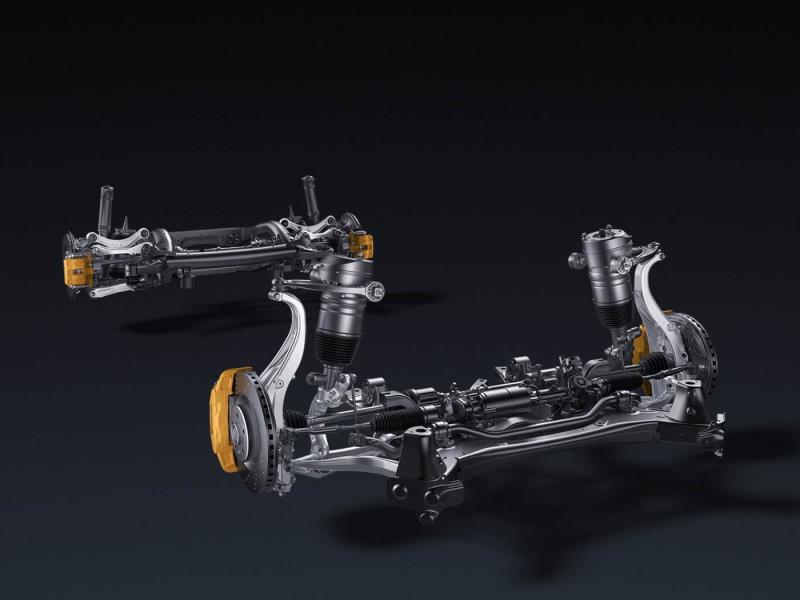
The YU7's chassis refinement and steering feedback are truly impressive. If Xiaomi were to be likened to BMW or Porsche in the EV world, it wouldn’t feel out of place. Many might question how a smartphone manufacturer can deliver such exceptional chassis and performance on its debut vehicle. The answer lies in their high-caliber chassis team—led by individuals passionate about racing and equipped with extensive track-driving experience.
This expertise enables them to craft a chassis with remarkable dynamics. Whether it's the Xiaomi SU7 or YU7, their wheels maintain excellent road contact at high speeds, avoiding unnecessary vibrations or body movements. While other manufacturers also use continuously variable damping systems paired with closed double-chamber air springs, Xiaomi’s tuning feels distinctly sportier and arguably better.
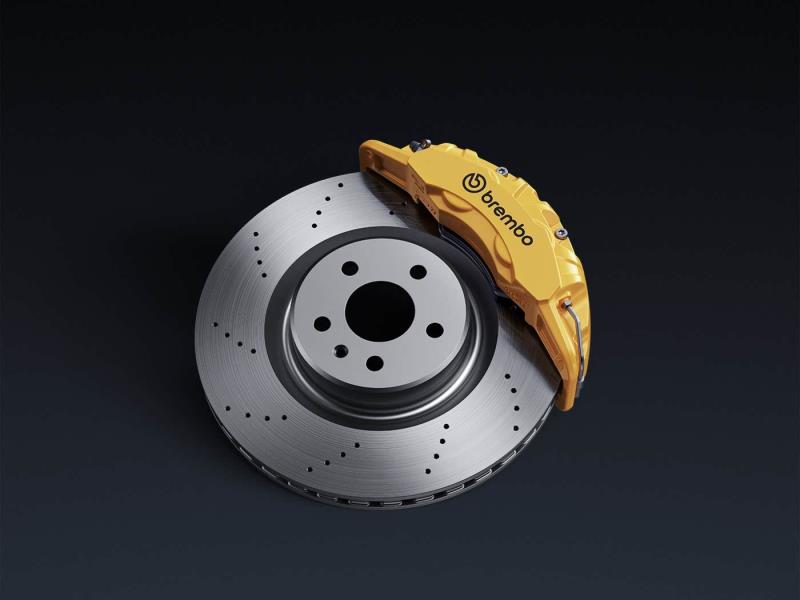
Of course, the YU7 MAX is a 2.4-ton SUV—or perhaps better described as a crossover. Its sheer size and weight naturally limit its aggressive driving dynamics compared to the SU7. This could explain why Xiaomi is no longer highlighting the YU7’s sporty attributes, as SUVs inherently prioritize versatility over pure performance. An SUV doesn’t need extreme track capabilities, which is entirely reasonable.
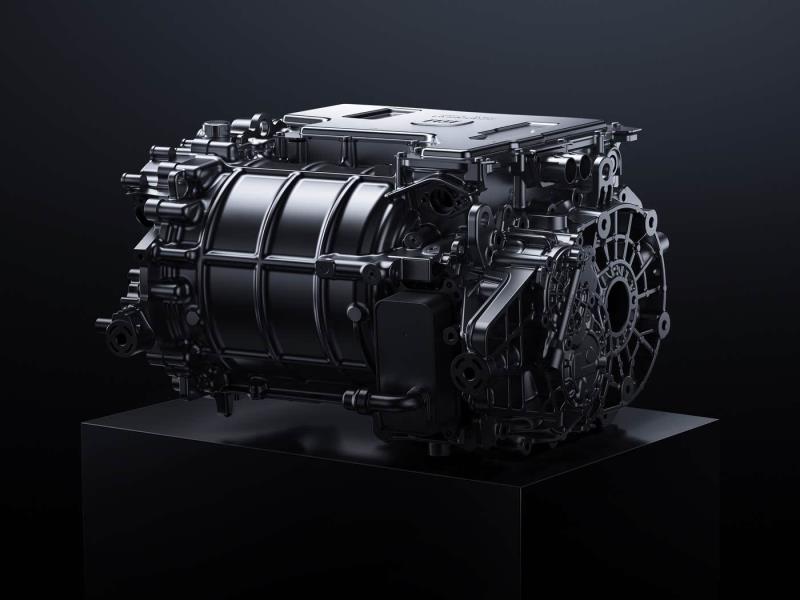
The YU7’s chassis, steering, acceleration, and braking all deliver a satisfying driving experience. However, the tires seem to be its weak point.
The standard 245mm tires and optional 275mm wider tires feel somewhat narrow for the YU7. Beyond aesthetics, they lack the necessary grip for more demanding maneuvers. During our test drive, the YU7 was equipped with Michelin low rolling resistance tires, which struggled with traction on sharp mountain turns, often resulting in tire squeal.
If I were to purchase this vehicle, I’d opt for Michelin PS tires and 275mm rear tires as a must. In fact, I believe the tire dimensions found on the BMW X5—275mm at the front and 315mm at the rear—would better match the YU7’s sporty character. However, wider tires would impact its range. Upgrading to larger tires could reduce the MAX model’s CLTC range from 760 km to about 600 km. Would you accept that trade-off? Perhaps Xiaomi will reserve such options for the Ultra version—time will tell.
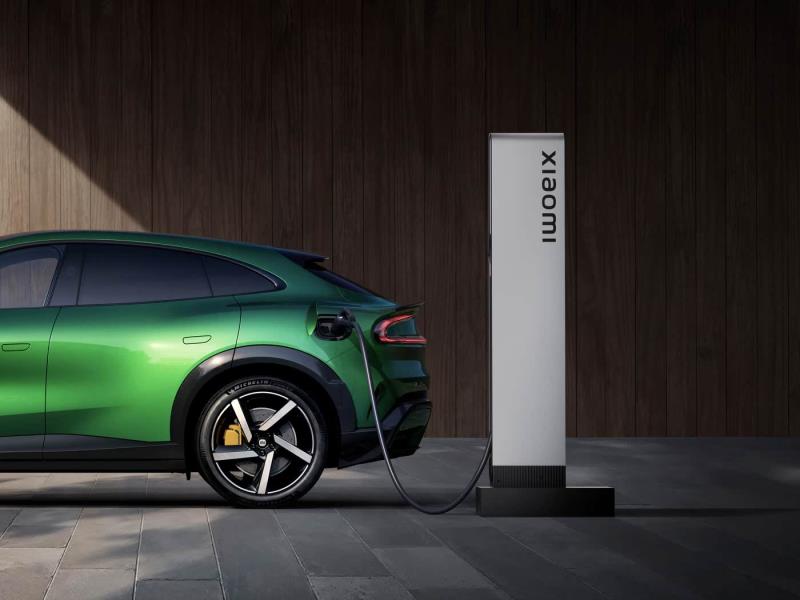

In China, SUVs are widely popular due to their spacious interiors, superior comfort, and improved off-road capabilities, making them more appealing than sedans in terms of sales. However, for driving enthusiasts, SUVs generally lack the thrill of performance cars—even models like the Ferrari Purosangue and Lamborghini Urus fall short compared to their brands’ supercars.
Once the driver’s seat height exceeds 40 cm off the ground, the sensation of hugging the road diminishes. But as life progresses, even the most passionate car enthusiasts may find themselves prioritizing family needs. Choosing an SUV for the sake of your family, children, and elderly relatives isn’t a compromise—it’s a sign of maturity.
Moreover, modern sporty SUVs strike a balance between performance and practicality. As long as you don’t take them to the racetrack, you’ll likely appreciate their versatility and even grow to love them. The Xiaomi YU7 will exceed your expectations.


